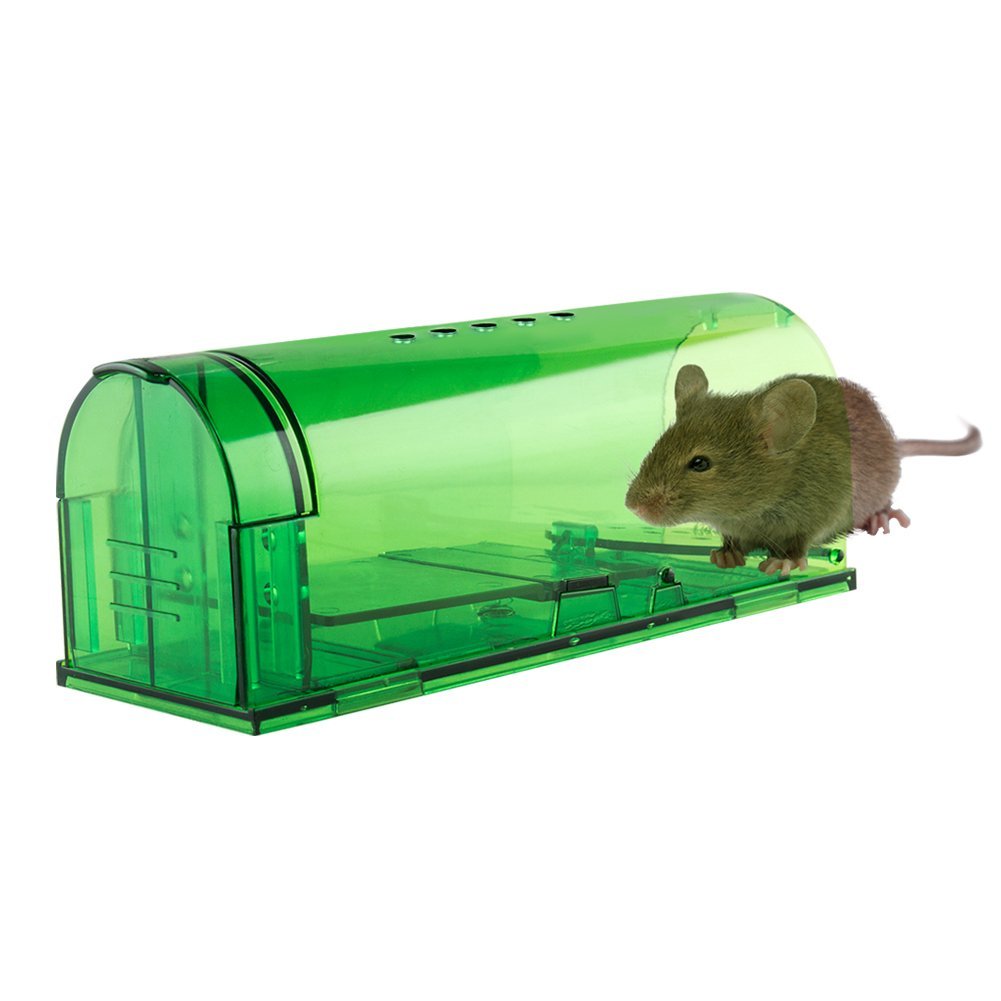Explore our easy, step-by-step guide on cleaning mouse traps effectively. Ensure hygienic and efficient pest control with our expert tips and tricks.
December 18, 2023
4 min read time
This information is reviewed by an independent pest control expert.
All external links are non-affiliated and for informational purposes only

Table of Contents
Dealing with a mouse problem can be challenging, but maintaining clean and effective mouse traps is a crucial step in this journey.
In this guide, we’ll delve into why it’s important to clean your mouse traps and provide a thorough, step-by-step process to clean different types of traps.
Our goal is to help you manage your pest control measures in the most hygienic and effective way possible.
Each type of mouse trap has its unique design and cleaning requirements:
Snap traps are known for their effectiveness and simplicity. However, regular cleaning is essential to maintain their efficiency. Residual odors from previous catches can deter mice. Here’s how to clean them:
Electronic traps are a modern, no-mess solution. Since they involve electrical components, the cleaning process is slightly different:
These traps are ideal for those who prefer a humane approach. After releasing the captured mouse:
Given their design, glue traps are generally not meant to be cleaned. After use:
Before cleaning any trap, prioritize your safety. Wear disposable gloves and a mask.
This protects you from potential diseases and prevents direct contact with harmful bacteria.
Assemble your cleaning kit: hot water, dish soap, a scrub brush or sponge, disinfectant spray, and disposable bags for waste.
Exercise caution when handling a used trap, especially if it contains a rodent. Approach it carefully to avoid any sudden movements that might cause the trap to snap.
Dispose of any caught mice humanely. For dead mice, use a plastic bag to avoid direct contact, and seal it tightly before disposing of it in the trash.
Diligently clean each part of the trap, focusing on areas where residues are most likely to accumulate. For electronic traps, avoid water ingress to prevent damage.
Let the trap dry completely in a well-ventilated area. Humidity can cause metal parts to rust and electronic components to malfunction.
Learn all about Mouse Trap
Deep dive this topic with hand-picked articles just for you
Consistent cleaning and maintenance of your mouse traps are as important as setting them up correctly.
By following these steps, you ensure not just an effective pest control strategy but also uphold a standard of cleanliness and safety in your home.
Q: Can I use bleach to clean my mouse traps?
A: While bleach is a strong disinfectant, its strong odor can deter mice. It’s better to use milder disinfectants.
Q: Are there any eco-friendly cleaning solutions for mouse traps?
A: Yes, you can use a mixture of vinegar and water as an eco-friendly cleaning solution.
Latest Comments Click to leave a comment